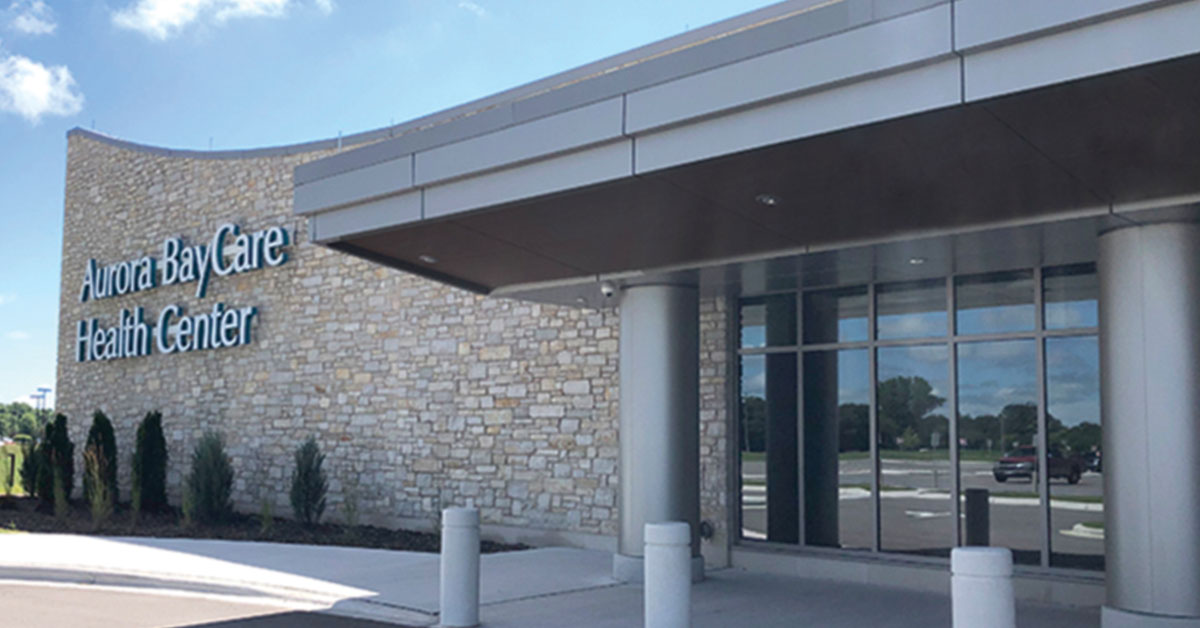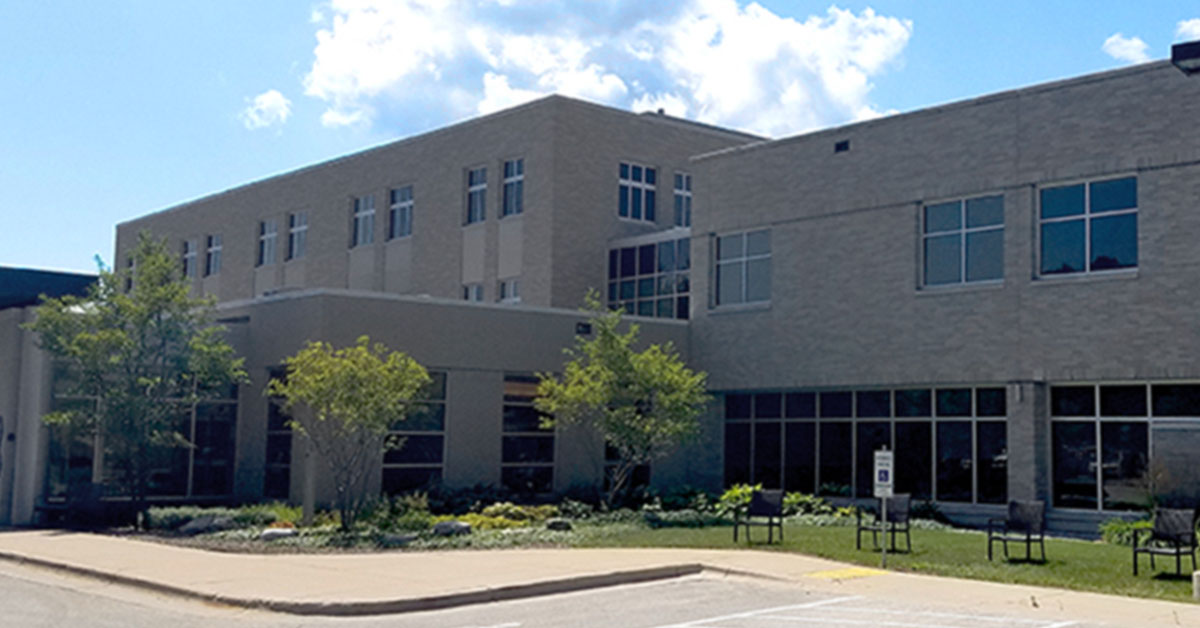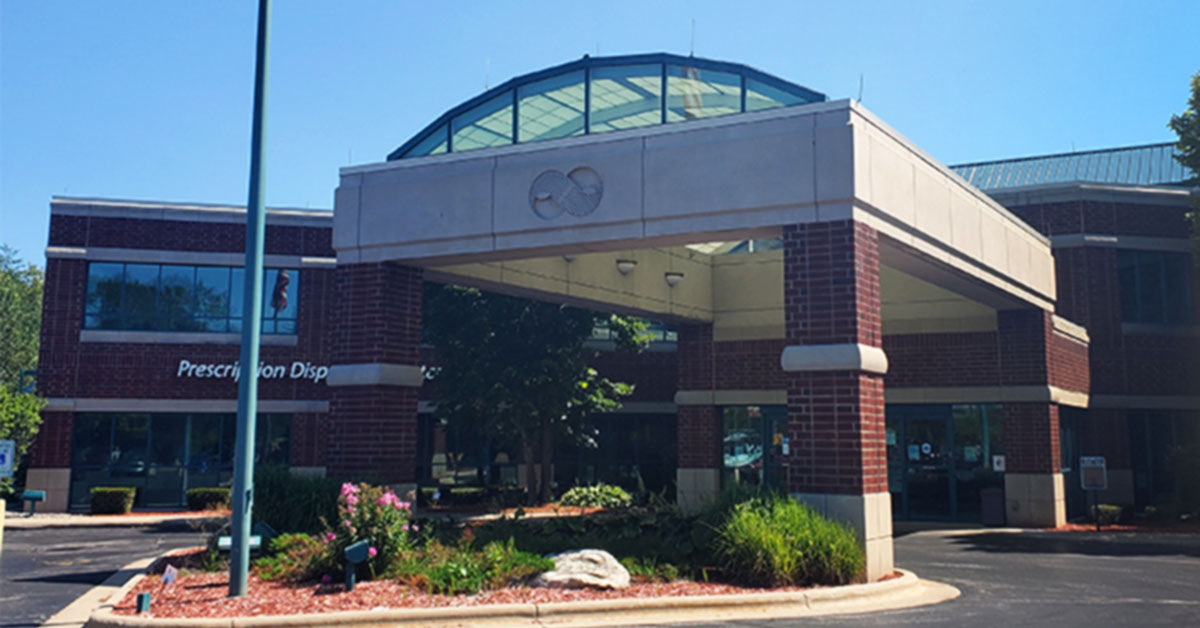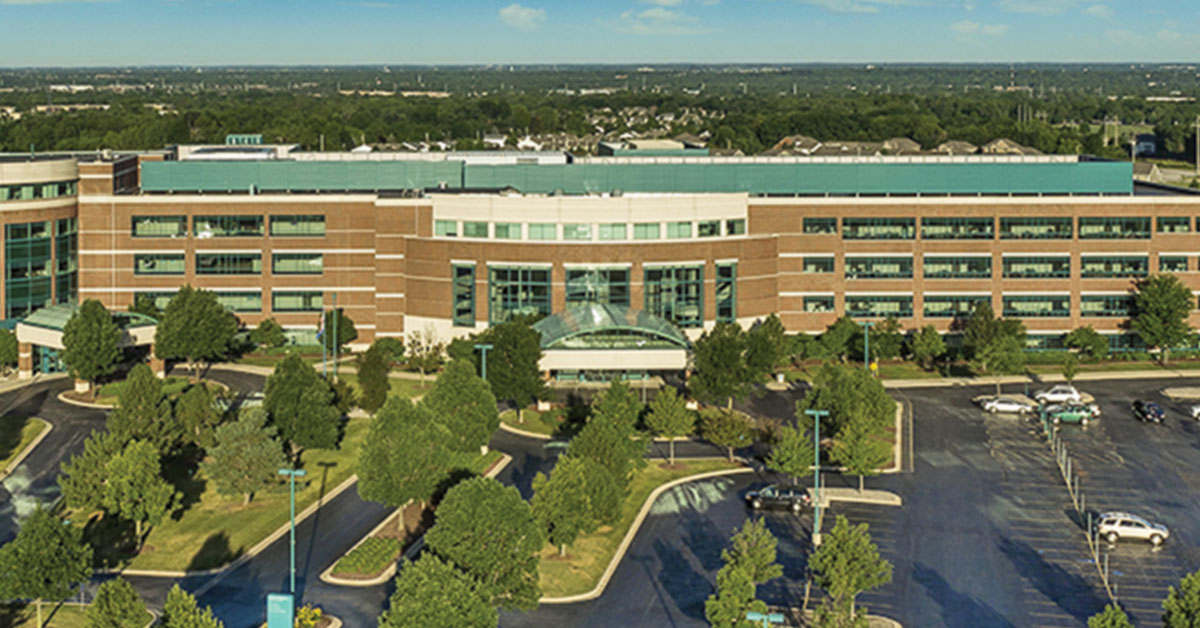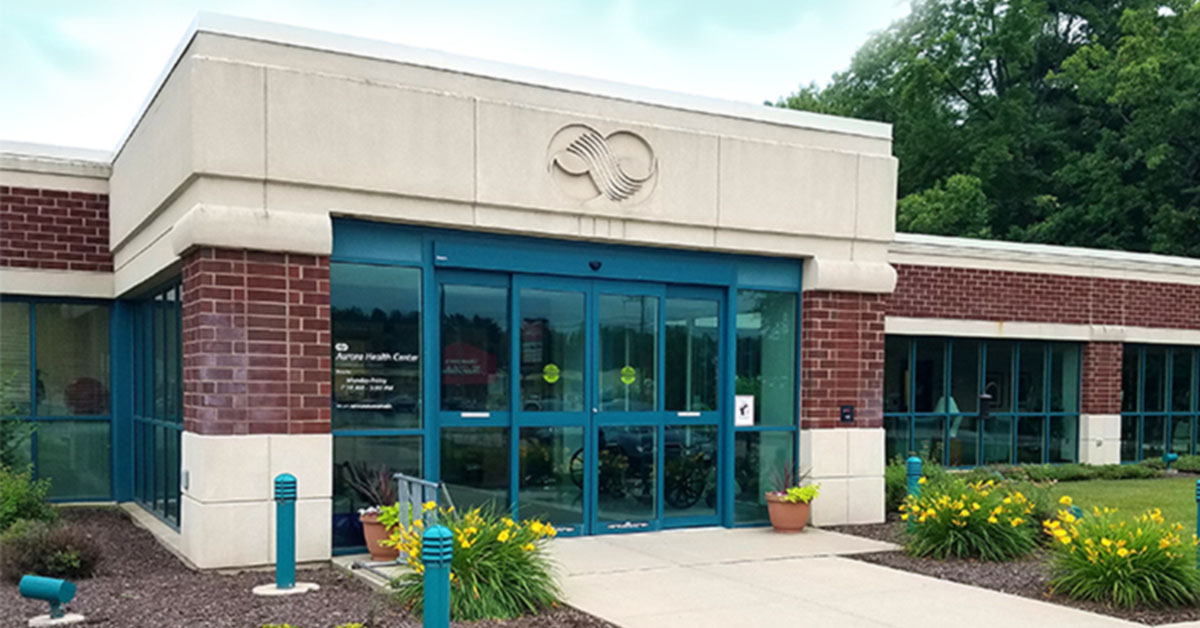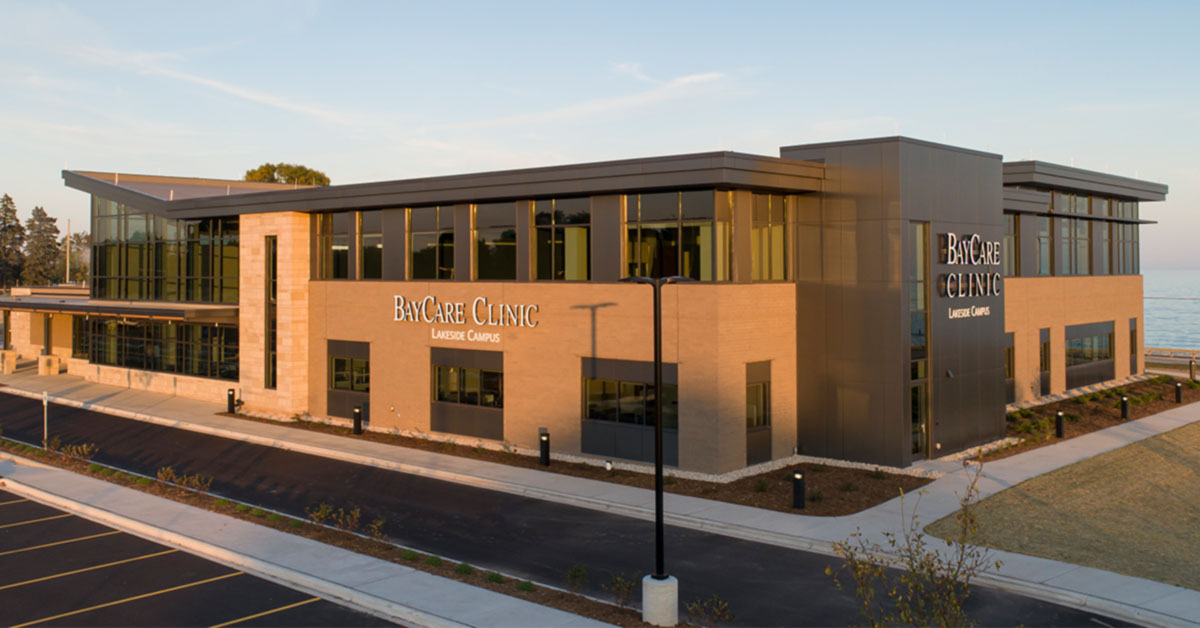Radiofrequency Ablation (RFA)
Pain & Rehab Medicine
Radiofrequency ablation may be an option to treat pain
Radiofrequency ablation, or RFA, is appropriate only after more conservative pain relief treatments have been tried and proven ineffective.
Radiofrequency ablation is a non-surgical option for treating:
- Knee pain
- Hip pain
- Shoulder pain
- Arthritis
- Neck pain
- Back pain
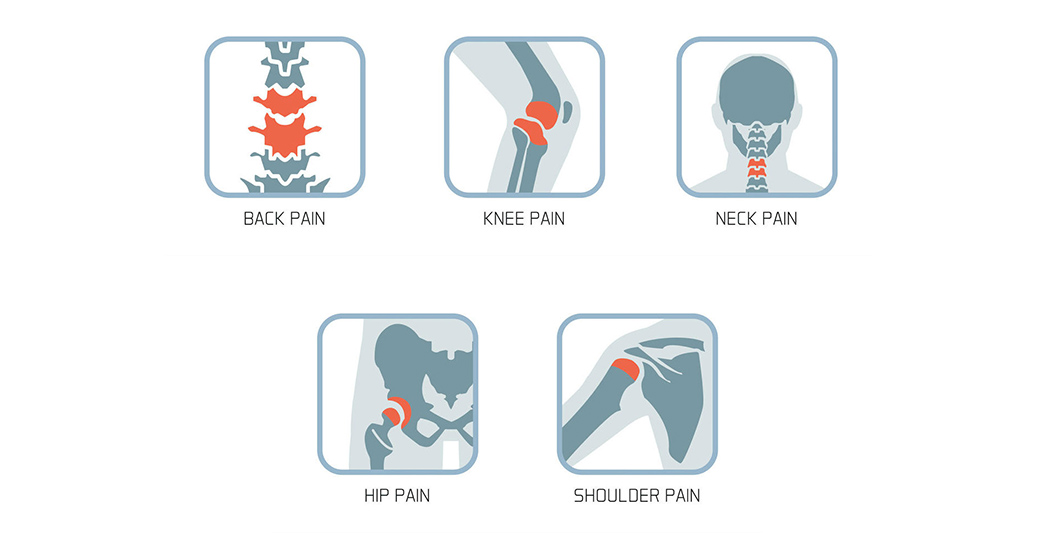 What is radiofrequency ablation?
What is radiofrequency ablation?
Radiofrequency ablation, or RFA, is a pain block. It is an injection that uses a heated needle to burn nerves that are sending pain sensations. A local anesthetic, typically lidocaine, is used to numb the area being treated.
When should I try radiofrequency ablation?
Radiofrequency ablation is appropriate only after more conservative pain relief treatments have been tried and proven ineffective. Those more conservative treatments may include, but are not limited to, over-the-counter medications, prescription medications, cortisone injections, joint fluid replacement injections, chiropractic and physical therapy.
How long does pain relief from radiofrequency ablation last?
Radiofrequency ablation typically provides pain relief for 6 to 12 months. After that, nerves regenerate and may resume sending pain sensations. If that happens, radiofrequency ablation can be repeated.
Who is most likely to benefit from radiofrequency ablation?
Radiofrequency ablation is most often sought by men and women ages 45 to 75 who have chronic back, neck, joint or arthritis pain. It also may be an option for people younger than 45 or older than 75 who have pain but are not surgical candidates or are not seeking surgery to help their condition. People of any age can benefit from radiofrequency ablation.

